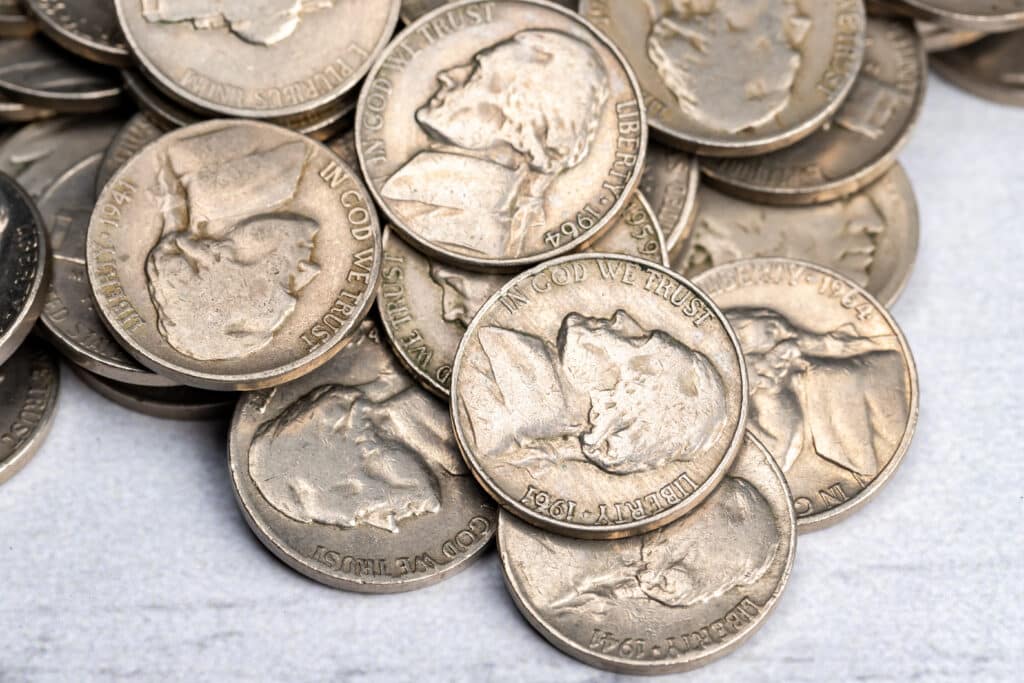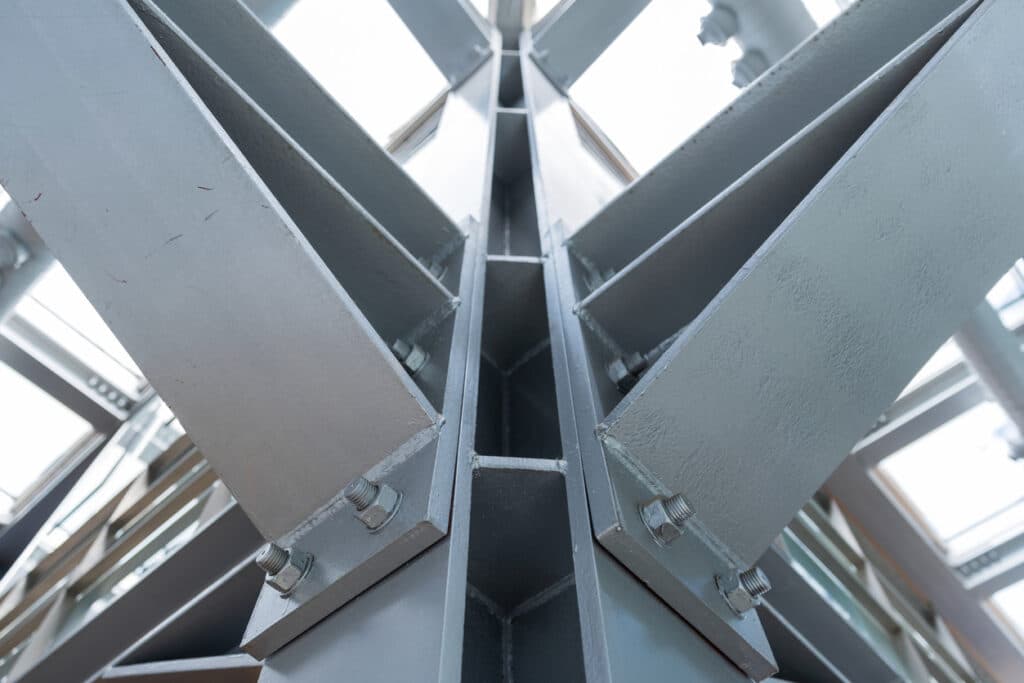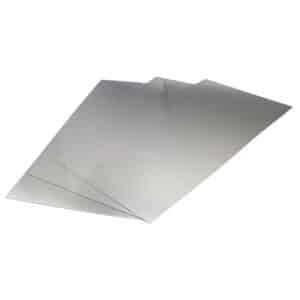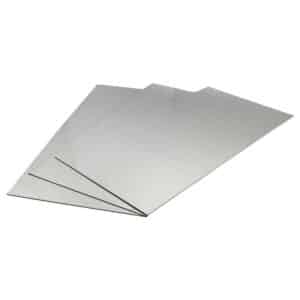
- Massive Range
- FREE UK Delivery
- Rapid Dispatch
- Massive Range
- FREE UK Delivery
- Rapid Dispatch
- Massive Range
- FREE UK Delivery
- Rapid Dispatch
Home » Nickel Alloys: The Blend of Strength and Corrosion Resistance

Nickel is a white lustrous metal with a slight golden undertone, which finds use in a wide range of products, including coins and rechargeable batteries. Although it can adapt to a wide range of situations, it does not stop there. As one of its most remarkable attributes, nickel can be used to form nickel alloys, compounds that are both highly corrosive-resistant and possess notable strength.
Nickel is inherently resistant to corrosion in water and air, which has made it a standard component in various metallic compounds. When alloyed with other metals, particularly iron, chromium, copper, and molybdenum, it takes on enhanced characteristics. These nickel alloys retain the essential properties of the constituting metals while introducing novel characteristics making them suitable for specialised applications.
Corrosion, the bane of most metals, is the gradual destruction caused by chemical or electrochemical reactions with their environment. But why are nickel alloys so resistant to this process? A major factor is the formation of a passive oxide layer on the surface of the alloy. This layer acts as a protective shield, preventing aggressive elements, such as chlorine or oxygen, from penetrating and damaging the inner layers of the alloy.
Nickel alloys are combinations of nickel and other metals and elements. These alloys have been developed to harness the beneficial properties of nickel, such as its corrosion resistance and heat resistance, while addressing its limitations or adding additional properties by combining it with other elements.
Iron: Nickel-iron alloys, like Permalloy, exhibit high magnetic permeability and are used in electronic components, magnetic shields, and transformer cores.
Copper: Monel is a well-known nickel-copper alloy, offering strong corrosion resistance, especially in marine and acidic environments.
Molybdenum: This metal enhances the corrosion resistance of nickel alloys, especially against pitting and crevice corrosion in chloride-containing environments.
Cobalt: Found in superalloys used for aerospace applications, cobalt can enhance the strength and temperature resistance of the alloy.
Tungsten and Rhenium: These metals, when added to nickel, can increase the alloy’s high-temperature strength and resistance to creep.
Aluminum and Titanium: These elements can enhance the alloy’s ability to form a stable oxide layer, protecting it from oxidation at high temperatures. Many nickel superalloys used in jet engines contain these metals, which help in forming a protective alumina layer on the surface.
Carbon: While not a metal, it’s worth mentioning that small amounts of carbon can be found in some nickel alloys to increase hardness. However, excessive amounts can lead to decreased corrosion resistance.
Palladium: This metal can be alloyed with nickel to create corrosion-resistant alloys suitable for dental and medical applications.
Niobium (formerly known as Columbium): Niobium can enhance the strength of nickel-based superalloys and improve their weldability.

While corrosion resistance is a standout quality, the strength of nickel alloys cannot be understated. The precise blend of metals introduces toughness and durability, making them resistant to wear and tear and high-pressure environments. This has resulted in nickel alloys being a prime choice in sectors like aerospace, where materials are subjected to extreme conditions.
Another defining characteristic of nickel alloys is their ability to retain strength and stability even at elevated temperatures. Where other metals might become malleable or even melt, nickel alloys stand firm. This temperature resilience makes them invaluable in jet engines, power plants, and various industrial applications where high-temperature processes are the norms.
While ‘nickel alloys’ might sound like a singular term, it encompasses a wide range of materials, each tailored for specific applications.
Inconel: Known for its strength and resistance to high temperatures and pressure, Inconel is mainly used in the aerospace and marine sectors.
Monel: Characterised by its excellent corrosion resistance, especially against seawater, it’s often utilised in shipbuilding and various marine applications.
Nichrome: As the name suggests, this is an alloy of nickel and chromium. Its high resistance to electricity and heat makes it ideal for heating elements in appliances.

Nickel alloys not only have the edge in performance but also in longevity. Their long service life means that structures or components made from these materials require less frequent replacement. This reduces waste and the need for resource-intensive manufacturing processes. In an era where sustainable practices are highly valued, the durability and recyclability of nickel alloys contribute positively to both environmental and economic metrics.
Like all materials, nickel alloys are not without their challenges. They can be more expensive than basic metals, and their production can be energy-intensive. The key, however, is to balance these costs with the benefits. In applications where longevity, strength, and corrosion resistance are crucial, the initial investment in nickel alloys often translates into longer-term savings and reduced maintenance costs.
With technological advancements, the demand for materials that can withstand extreme conditions will only increase. Nickel alloys, with their unique blend of properties, are poised to meet this demand. Research is continually underway to enhance the capabilities of these alloys, and to introduce new combinations that could redefine what’s possible in various industries.
1. Aerospace:
2. Energy:
3. Oil and Gas:
4. Marine:
5. Chemical Processing:
6. Automotive:
7. Electronics:
8. Medical:
9. Food Processing:
10. Structural Applications:
It is rare for a material to strike a balance between strength and resilience like nickel alloys in the vast world of metallurgy. The strength of these alloys has been proven time and time again, whether in deep-sea exploration rigs or in aerospace. Materials like these will be at the forefront, driving innovations and ensuring the durability and safety of our most ambitious projects as we push the boundaries of engineering and science.
Remember, the next time you encounter a jet engine, a marine vessel, or even an appliance at home, you may be seeing nickel alloy playing an important role in its functionality. They are a testament to the combination of strength and corrosion resistance.
As always, thank you for checking out our blog. We hope that this helps you with your project.
Please also check out the other articles in our helpful guide series. We have written about ‘Metal Safety: Proper Handling and Storage Tips‘ and ‘Recycle Metal: A Step Toward a Greener Tomorrow‘ recently so why not check them out?
We are also proud to sell this product on our highly popular eBay store, check us out there too.
If you have any further questions, feel free to contact us.














Speciality Metals
Unit 1, Farrell Street, Warrington,
Cheshire, WA1 2WW, United Kingdom
Quick Links
Payment Options
